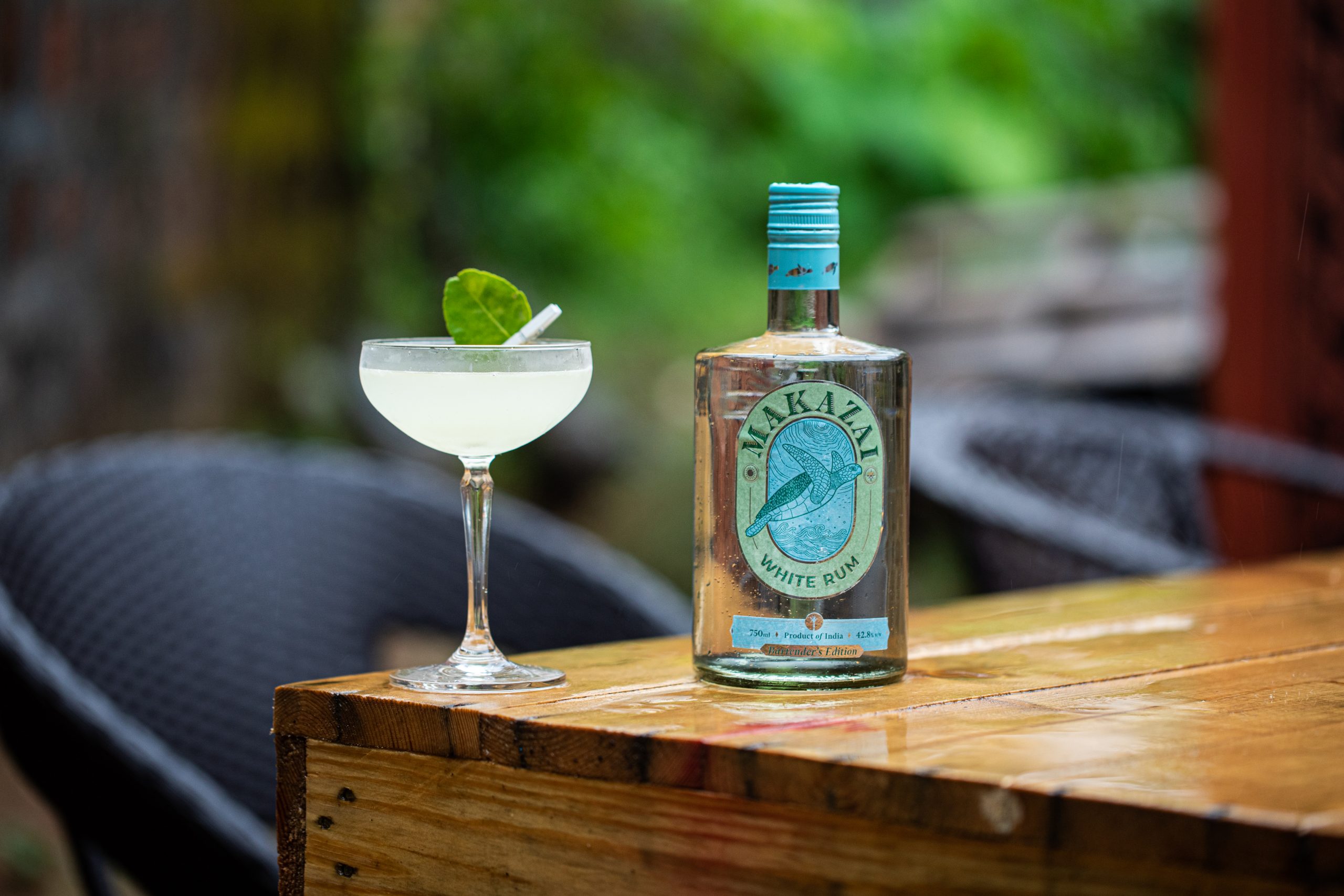What is Whiskey?
Whiskey is a distilled alcoholic beverage made from fermented grain mash. Common grains used in whiskey production include barley, corn, rye, and wheat. The production process involves mashing, fermenting, distilling, and aging the spirit in wooden barrels, which gives whiskey its unique flavors and characteristics.
Benefits of Home Distilling
Home distilling allows enthusiasts to craft personalized spirits tailored to their taste preferences. It can be more economical than purchasing premium whiskey and offers an opportunity to learn about the distillation process. Plus, it can be a fun and rewarding activity to share with friends and family.
2. Essential Equipment for Home Distilling
To brew whiskey at home, you’ll need the following essential equipment:
- Mash Tun: A vessel for mashing the grains.
- Fermentation Vessel: A food-grade container for fermenting the mash.
- Pot Still: A still for distillation; can be traditional or a reflux still.
- Hydrometer: Measures the alcohol content of your liquid.
- Bottles: Clean glass bottles to store your finished whiskey.
- Thermometer: Ensures the proper temperature during mashing and fermentation.
- Siphon: Used for transferring whiskey from one container to another.
3. Ingredients Needed for Whiskey Making
Types of Grains
The choice of grains significantly impacts the flavor profile of the whiskey. Common options include:
- Barley: Often used in malt whiskey; adds a rich, malty flavor.
- Corn: Commonly used in bourbon; provides sweetness.
- Rye: Adds spice and complexity to the whiskey.
- Wheat: Contributes a smooth, mellow flavor.
Yeast Selection
The type of yeast you choose will influence fermentation and flavor. Common options include:
- Distiller’s Yeast: Specifically designed for whiskey production.
- Baker’s Yeast: Readily available but may result in lower alcohol content.
Water Quality
Water quality is crucial in whiskey making. Use purified or filtered water to ensure your whiskey is free from impurities that could affect its taste.
4. The Whiskey Distillation Process
Here’s a step-by-step guide on how to brew whiskey at home:
Step 1: Mashing
- Prepare the Grains: Crush or mill your chosen grains to expose the starches.
- Heat the Mixture: Combine grains with hot water in the mash tun to convert starches into fermentable sugars. Maintain a temperature of around 150°F (65°C) for about an hour.
Step 2: Fermentation
- Transfer the Mash: Move the mash to the fermentation vessel and cool to around 70°F (21°C).
- Add Yeast: Introduce the yeast to the cooled mash and seal the vessel.
- Ferment: Allow the mixture to ferment for about 5-14 days, until bubbling ceases.
Step 3: Distillation
- Setup the Still: Pour the fermented mash into your pot still.
- Heat the Mixture: Gradually heat the mash to separate alcohol from the solids. The alcohol will evaporate and travel through the still.
- Collect Distillate: Collect the liquid, known as “distillate,” ensuring to discard the “heads” (the first portion) and “tails” (the last portion) for a cleaner product.
Step 4: Aging
- Fill the Barrel: Transfer the distilled whiskey into a charred oak barrel or container for aging.
- Age the Whiskey: Allow the whiskey to age for at least 2 years to develop flavor, though many prefer longer aging for deeper complexity.
Step 5: Bottling
- Filter and Dilute: If desired, filter the whiskey through activated carbon and dilute with water to reach your preferred proof.
- Bottle the Whiskey: Transfer your finished whiskey into clean, sanitized bottles.
5. Tips for Successful Whiskey Brewing
- Keep Everything Clean: Sanitation is crucial in distilling. Always sanitize your equipment before use.
- Be Patient: The aging process is vital for flavor development; do not rush it.
- Experiment: Don’t hesitate to try different grains and aging techniques for unique flavor profiles.
6. Frequently Asked Questions (FAQs)
Is home distilling legal?
Laws regarding home distilling vary by country and region. In many places, it is illegal to distill alcohol without a license. Always check your local regulations before starting.
How long does it take to make whiskey?
The entire process, from mashing to bottling, can take several months to years, especially due to the aging process.
Can I use different grains?
Absolutely! Experimenting with various grains can lead to unique and interesting flavors in your whiskey.
7. Conclusion
Brewing whiskey at home is an exciting and fulfilling venture that offers endless possibilities for creativity. With the right equipment, ingredients, and patience, you can craft a personalized spirit that you can enjoy or share with others. Start your whiskey brewing journey today!



























Leave a Reply